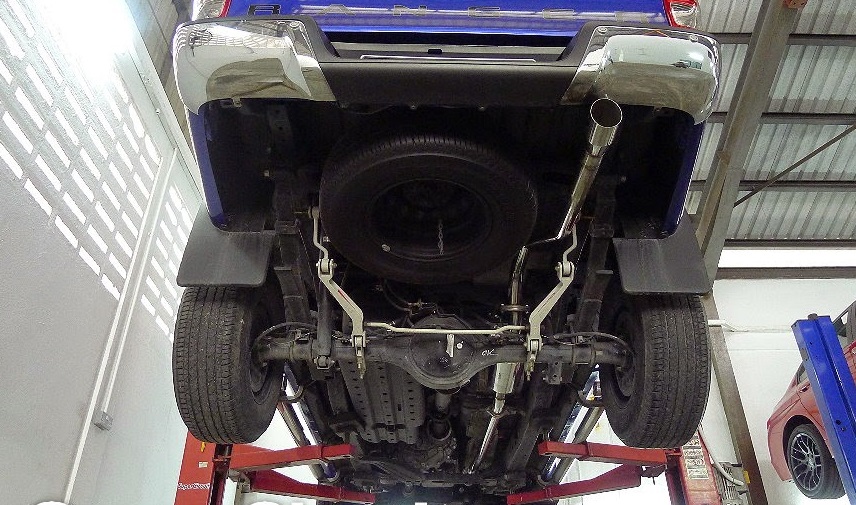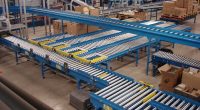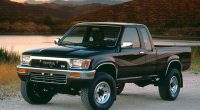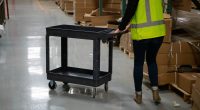Important Things to Know Before Buying an Aftermarket Exhaust For Your Ranger
The Ford Ranger is still king of the UTEs in Australia, with its reliability, toughness, and performance on and off the road making it the vehicle of choice for thousands of Australians every year. However, the Ford Ranger, just like every other UTE out there, isn’t tuned for optimum performance and fuel economy, because it’s directed at a wide audience that isn’t necessarily into aggressive types of off-road driving. But if you’re one of those people who like to frequent untouched terrain, you might want to consider investing in aftermarket Ford Ranger exhaust systems.

Aftermarket Ford Ranger exhaust systems, unlike their stock counterparts, aren’t built with price and the bare minimum in mind. While that may seem like a shot at Ford, I’d just like to say that most, if not all, stock exhaust systems are made that way in order to reduce the overall price tag on the vehicle and make it more competitive on the market. With that said, aftermarket exhaust systems are created using high-quality materials like stainless and aluminised steel.
Stainless and aluminised steel are far more durable than mild steel (the material most stock exhausts are made of), and they’re incredibly moisture, heat and corrosion resistant. Aluminised steel is also very lightweight, so it can actually take a considerable amount of weight off the vehicle’s total, thus further improve its fuel economy and performance. Stainless steel, although heavier, is incredibly durable and resistant, and a quality stainless steel exhaust system will likely outlast your Ranger.
Besides using higher-quality material, aftermarket exhaust systems feature wider diameter pipes, which are bent using a special bending technology called mandrel bending that allows for unrestrictive gas flow. As a result, more clean air goes to the engine, while exhausts from the engine leave the exhaust system much faster. With that said, the engine burns fuel at an improved rate, which leads to minor improvements in fuel economy. Even if it’s a 2% improvement, this can lead to you saving quite some money on gas in the long run.
Lastly, aftermarket exhaust systems can make your Ranger look better and sound more aggressive. Aftermarket mufflers aren’t built with the goal of reducing your Ranger’s noise levels in mind. In fact, they can make it louder. Additionally, you can find aftermarket exhausts with various exhaust tips that are chrome polished and look great. All you have to do is take a look online and search for your Ranger’s specific make and year, and you’ll come across many different types of aftermarket exhaust systems.



